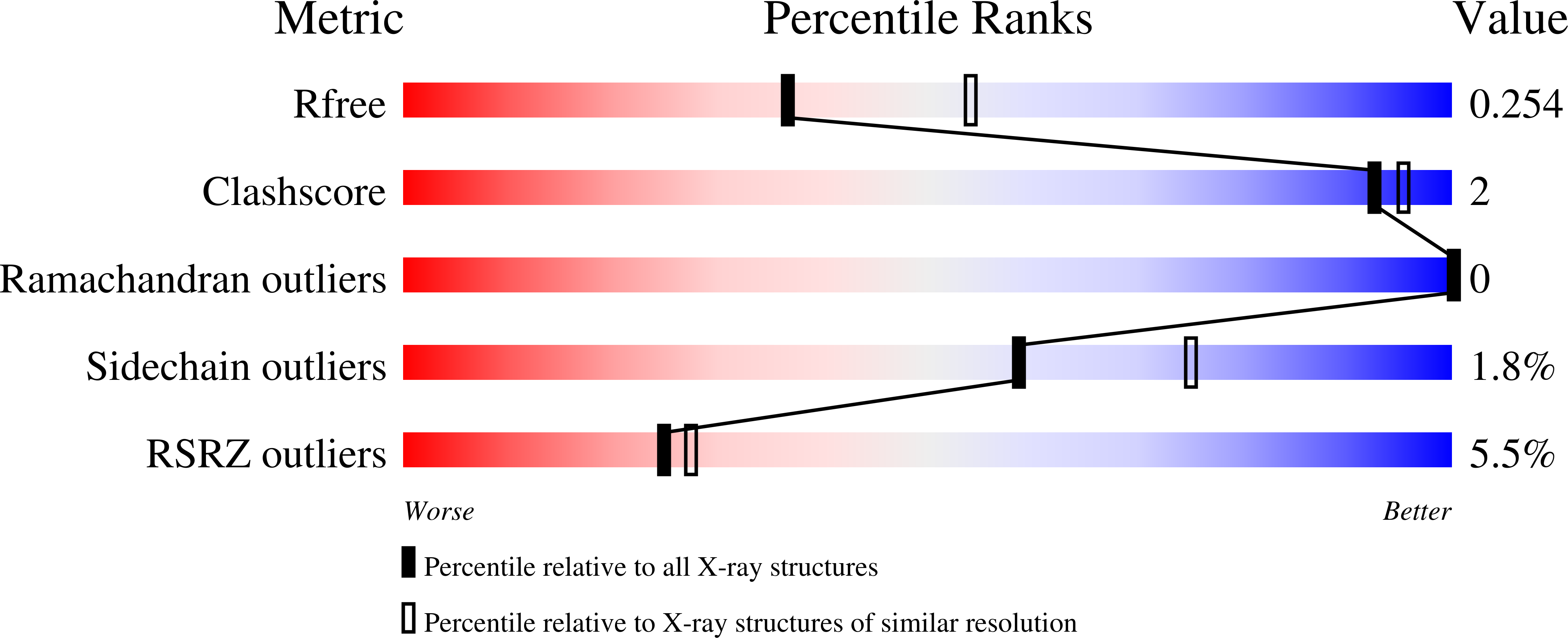
Deposition Date
2023-04-28
Release Date
2024-05-08
Last Version Date
2024-11-06
Entry Detail
Biological Source:
Source Organism:
Lama glama (Taxon ID: 9844)
Severe acute respiratory syndrome coronavirus 2 (Taxon ID: 2697049)
Severe acute respiratory syndrome coronavirus 2 (Taxon ID: 2697049)
Host Organism:
Method Details:
Experimental Method:
Resolution:
2.37 Å
R-Value Free:
0.24
R-Value Work:
0.21
Space Group:
P 21 21 21


